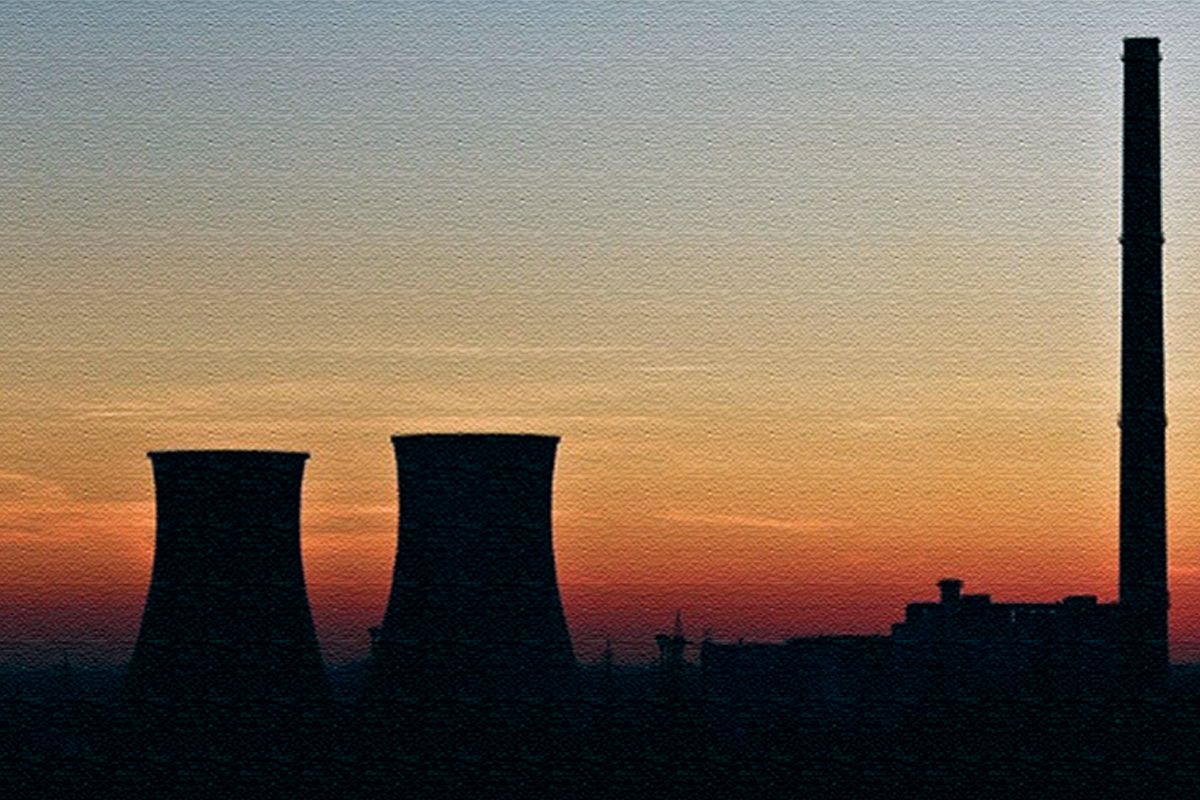
Natural gas has often been in the shadows of its more affluent counterpart crude oil in the energy commodities bracket. While crude oil has been rallying in recent days with the prices surging towards $84.75 per barrel, the highest since October 2014, natural gas has also quietly forayed into bullish grounds. The value of the commodity has surpassed the previous highs of February 2014 and is climbing further. It reached $6.480 per MMBTU on October 6 this year beating the previous high of $6.474 per MMBTU achieved during 2014. Strong global gas demand and decelerating supply has driven natural gas prices to their current levels. The bullish fundamental news and reports coupled with weather-related events have been attributed to the increase in the prices of natural gas.
European Factor
Natural gas prices have skyrocketed to record-high levels in Europe. The benchmark for the European market, the Dutch Title Transfer Facility (TTF), has increased fivefold since the start of 2021 i.e. from EUR 20/MWh to more than EUR 100/MWh in early October. Market analysts have factored this unprecedented rise to a confluence of reasons. The gas storage facilities in Europe have been unable to replenish their stocks to adequate levels ahead of the start of the new winter season following a colder-than-average last winter. As per data obtained on October 10, storage levels in Europe were at 77% capacity. When compared to last year’s numbers at the same time, the capacity stood at 96% and 97% in 2019. LNG imports to Europe have not assisted enough since the Asian demand for liquefied gas continues to move many cargo ships eastwards. The single largest supplier to the European shores, Gazprom, has met contractual delivery obligations but has been unable to deliver additional volume to its customers. Adding fuel to the fire were the issues of weak wind output and low hydro storage levels due to drought conditions during this summer. It means that the demand for natural gas for power generation is unusually strong. The industrial demand for natural gas is responding to the extraordinary prices with few fertiliser plants idling supply in the recent few weeks.Dilemma in Supply
While the above-mentioned factors may be transitory in nature, structural changes in the European natural gas landscape have aggravated the challenging situations to a whole new level. The domestic output is in long-term decline making European markets more susceptible to developments in the other parts of the world, especially North Asia. In the Netherlands, Groeningen will completely shut down its operation in the coming months coupled with the closing of the Rough storage facility in the UK. The shutting down of these operations means less flexibility in the supply of natural gas. While the issue of supply is creating a dilemma for producers and investors alike, the demand for the asset for power generation is only growing. High carbon emission prices mean that the coal plants have become uneconomical and nuclear energy is out of fashion. That leaves the European market dependent solely on intermittent renewables and natural gas.USA: Leader of LNG Supplier
In the US, natural gas prices are also rallying but well below international prices. As documented above, prices have doubled since the beginning of the year to reach the highest price of $6.480 per MMBTU in October 2021. The October futures contract, which expired recently, closed at $5.841 per MMBTU - a rise of 178% vis-à-vis 2020. On the supply front, the US domestic storage levels are below the historical average and natural gas production has been limited for a while as most top-notch producers have adopted strict capital discipline. Hurricane Ida also shut down more than 90% of Gulf Coast production of natural gas by late August. Likewise, the combination of robust supplies and the climbing LNG export numbers has driven the upward pressure on prices of natural gas. The USA acts as the global leader due to its ability to either increase or decrease its flexible contracted exports in response to underlying market conditions. The evidence of this dynamic equation was reflected in the summer of 2020 when many LNG cargoes were cancelled due to pandemic related demand issues in importing nations.Striking the Right Chord
According to the EIA and the US Census Bureau’s trade value data, in 2020, LNG exports drove the US trade balance in energy products to a surplus of $26 billion - the first surplus since at least 1974. However, in Europe, a confluence of short and long-term factors have pushed the local prices to exceptional levels. The question is when will the market find a new balance? One of the key variables will be the temperature in the upcoming winter months along with new developments in the other major regions. READ ALSO:
Published Date: November 15, 2021, 12:00 am
Post Comment
E-Magazine
RELATED Commodity Perspective





